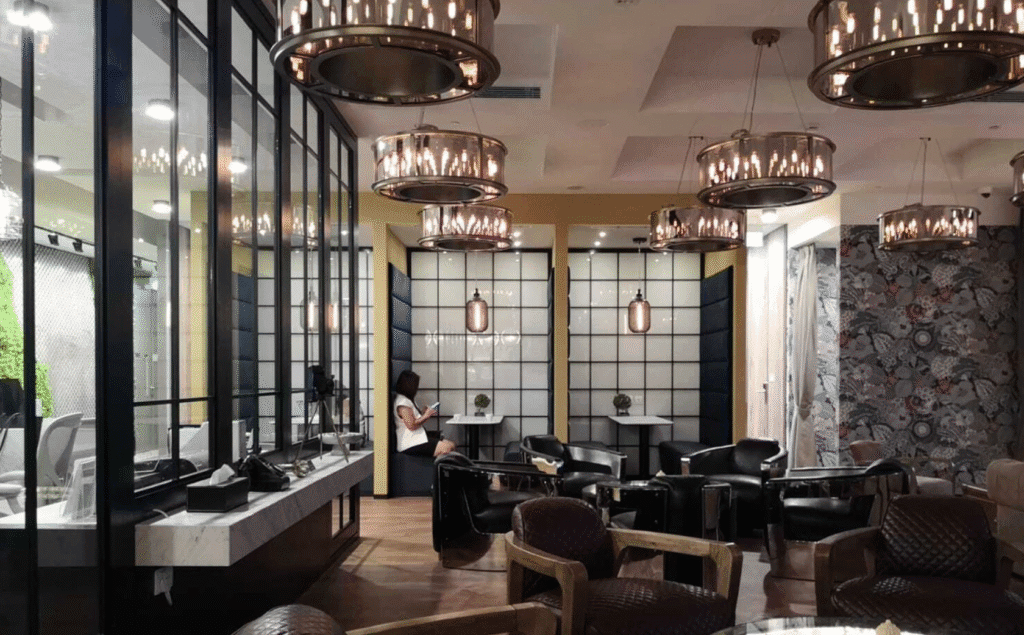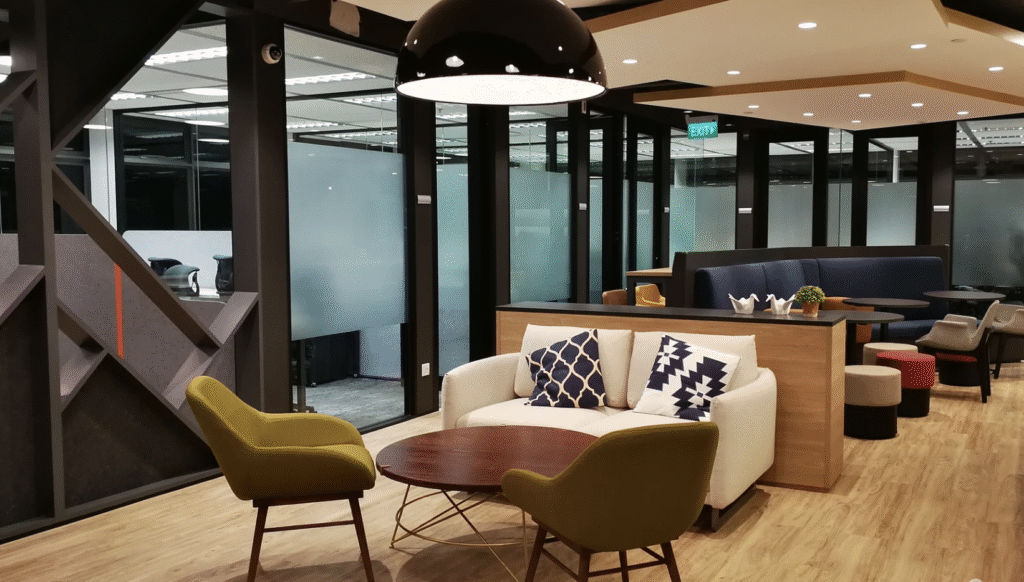The business world is undergoing significant transformations. One of the most striking trends is the downsizing of office spaces. What was once a norm for many businesses—leasing vast office spaces—has now given way to a new reality. Thanks to AI-driven space optimization, companies are reducing their office space requirements dramatically, often going from 10,000 square feet to a mere 2,000 square feet. But why is this happening? And how can businesses successfully navigate this change?
In this blog, we explore the factors driving this office downsizing trend, how AI is at the heart of this transformation, and how businesses can benefit from adapting to this new way of working.
Why Are Businesses Downsizing Their Office Space?
Over the past few years, the rise of remote work and hybrid work models has led many companies to reassess their need for large office spaces. With more employees working from home or working in a hybrid arrangement, businesses are realizing that they don’t need as much physical space.
Some key factors influencing the trend of office downsizing include:
1. Hybrid Work Models
The pandemic led to a surge in remote work, and many companies are now embracing hybrid work models. Employees split their time between the office and home, leading companies to reconsider how much office space they really need. With fewer employees in the office at any given time, businesses can operate efficiently with less space.
2. Cost Savings
The cost of leasing large office spaces in prime locations has skyrocketed in recent years. For small businesses and startups, this can be a heavy financial burden. By downsizing to smaller, more efficient spaces, companies can reduce rent and operational costs significantly. This financial flexibility allows businesses to reinvest savings into other important areas, such as marketing, hiring, or product development.
3. Evolving Needs of the Workforce
As employees embrace remote work, companies are adapting to their evolving needs. Workplaces are no longer static. Employees demand spaces that support collaboration, privacy when needed, and flexible layouts. The move to smaller office spaces helps businesses accommodate these shifting expectations while maintaining a productive environment.
AI-Powered Space Optimization: The Game Changer
AI-driven space optimization is fundamentally changing how companies approach their office space. By leveraging AI technologies, companies are able to maximize their use of existing office layouts, even when downsizing.
1. Optimizing Space Utilization
AI can analyze data on how office space is being used—whether employees are working at their desks, collaborating in meeting rooms, or simply passing through hallways. By identifying areas that are underutilized, AI can recommend how to rearrange the office space, reducing the need for unused areas and improving the overall efficiency of the office layout. This ensures that businesses can downsize without losing essential functionality.
2. Agile Office Designs
AI allows companies to design flexible office layouts that can be easily reconfigured as needs change. Instead of being locked into one office configuration, businesses can create spaces that are adaptable, whether it’s for collaborative brainstorming sessions or private meetings. The ability to adjust space allocation based on team size or project requirements makes downsizing smoother and more sustainable in the long run.
3. Predicting and Adapting to Needs
AI tools can predict office space needs based on usage patterns and employee activity. For example, if certain areas are regularly underused, AI can suggest reducing those spaces or reassigning them for different purposes. By understanding and predicting the flow of work, businesses can optimize their office footprint while ensuring that the space remains functional for the workforce.
How Businesses Can Benefit from Downsizing with AI
The benefits of downsizing office space through AI space optimization go beyond cost savings. Here’s how businesses can thrive with this new approach:
1. Reduced Overhead
With AI’s ability to make the most out of limited space, businesses can reduce their physical footprint and operational costs. The money saved on office rent can be better invested in other areas of the business, like upgrading technology, hiring talent, or increasing marketing efforts.
2. Improved Employee Productivity
Smarter office spaces lead to better employee productivity. AI can help create environments that support collaboration while offering employees the flexibility to work as needed. With the right tools in place, employees can be more engaged and efficient, leading to a happier, more productive workforce.
3. Greater Flexibility for Future Growth
As businesses grow, their office needs will evolve. AI-driven space optimization makes it easy to adjust your office layout to accommodate growth. If more space is needed, businesses can quickly modify their current office to provide the additional resources required without having to commit to a long-term lease for a larger space.
Conclusion: Embrace the Future of Office Spaces
The trend of downsizing office spaces is here to stay, driven by the shift toward hybrid work models and the efficiencies enabled by AI-driven space optimization. Businesses that embrace this change can enjoy cost savings, improved employee productivity, and greater flexibility.
If you’re considering downsizing or looking for a more flexible office space, MatchOffice is here to help. Our platform provides a wide range of office spaces, from coworking spaces to private offices, that can meet the needs of remote teams, hybrid workers, and businesses of all sizes. Visit MatchOffice today to find the perfect space for your business.



